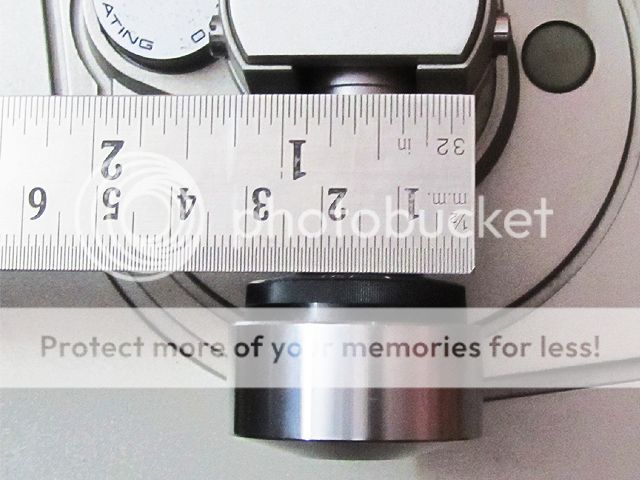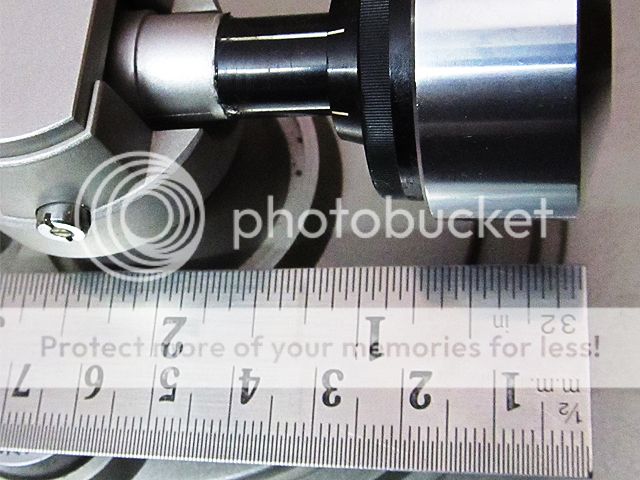Thank you for the cart suggestion, Saket.
Fully agree that most OEM carts would not stand up to the tonal abilities of decent replacement cartridges. This TT too had cart as an optional extra.
Since Mr. Kuruvilla suggested that the original cart is pretty decent, it might be worth a look..
It might be a decent cart, but I will be really amazed if it outperforms even an average Shure or AT cart
And yes, as Reuben says, FM Record Player is an expert in getting dustcovers fabricated through his 'sources'. I dare say that his dust covers may give a good run to the original ones for their money!



